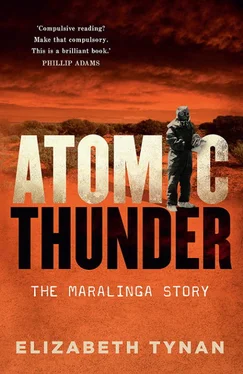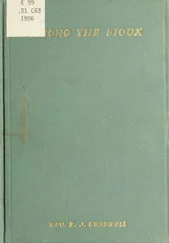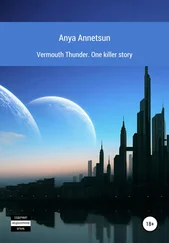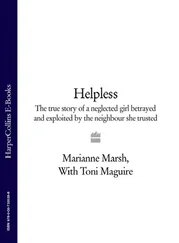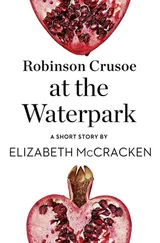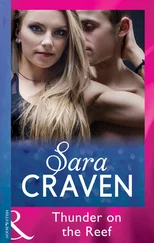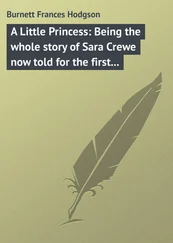When the Geiger counters tell the team that it is safe to go back out, Buckley gathers together the sacrificial weapons that he placed in the forward area. He needs to test fire the guns that are still in one piece to determine what damage they have incurred. This is a laborious process that requires a strict safety protocol. One of the senior brass tries to hurry him up, suggesting that if Buckley is afraid to fire the guns himself then he will do it for him. Buckley is insulted and fires the next gun without taking his usual precautions. It blows up, nearly bursting his eardrums and leading to endless ear tests later on back home. So much for losing his temper and neglecting his safety training. Not long after his service at Maralinga, Buckley will retire from the British Army, and a few years later his health will fall to pieces. He will develop cataracts in his eyes, the blood disease haemochromatosis and severe arthritis, which will curtail his burgeoning post-service business career in the exports sector, a career that will earn him an OBE for services to UK exports.
Unlike Buckley and most of the other Indoctrinees, Lowe does a second stint in the forward area. He takes over from a sick colleague at the last minute and witnesses the second Buffalo blast, the ground shot at Marcoo, from a Centurion tank with two other Indoctrinees. This is incredibly scary, partly because he mistakenly believes it is an airdropped bomb and he fears for the accuracy of the bombardier. He does not know how far the tank is from ground zero, but at the moment of detonation he knows the tank moves about 3 metres sideways, a claim that will later be contradicted by a more senior officer. But he is there, and he knows. The massive tank moves like someone has picked it up. He watches through the periscope, which goes opaque at the moment of detonation because it is sandblasted. When he gets out of the tank, 30 minutes after the explosion, he sees the paint on the tank has blistered. Lowe is wearing ordinary light military clothing and no film badge. Later the British Army will deny that Lowe was inside the tank at Marcoo. His army record will never show that he witnessed Buffalo 2, and he will have trouble obtaining a war pension.
Lowe will later be promoted to colonel and will start to experience health problems when he is a military attaché in Washington in 1969. His severe gastric problems will be something of a mystery. In 1972, working as a military adviser to the British High Commission in Canberra, he will have an internal haemorrhage. After some diagnostic confusion, he will finally discover that he has stomach cancer and will have his entire stomach removed.
After Buffalo, the AWRE turned its attention to Antler, the next series of Maralinga tests. The second half of the 1950s was a pivotal time for atomic weapons development. Both the US and the USSR had performed airdrop tests of hydrogen bombs, weapons of huge yield, which led to growing concerns about what the tests were doing to the earth’s atmosphere. The UK herself was about to test a hydrogen device in the Pacific. Coupled with this, international tensions – particularly the Suez crisis in July 1956 and the Soviet suppression of Hungary in November – added to a sense of general foreboding. With bigger, more deadly atomic weapons, and world events seemingly on a conflict trajectory, public disquiet about atomic tests increased. Intellectual movements such as the 1957 Pugwash Conference of scientists and other scholars opposed to nuclear weaponry emerged. The UK’s Campaign for Nuclear Disarmament was launched in 1958 and quickly grew in size and influence. The mood was shifting.
Howard Beale was the minister who had to balance growing public fears in Australia with British test requirements, at least until his abrupt departure from Cabinet in early 1958 to become Australia’s ambassador to Washington. His role was, in part, to use the techniques of public relations to maintain effective information management around the tests. In his 1977 autobiography the chapter on the atomic tests began by revealing his success at keeping the details secret. The French had called the Australians hypocrites for objecting to French tests at Mururoa Atoll in the Pacific after allowing the British tests in Australia. Beale noted that when this happened, ‘many people were taken aback, not at being called hypocrites… but to learn that we had ever conducted tests at all’. Beale then told his own (rather inaccurate in places) version of the tale, saying, ‘It is not one of which any Australian need be ashamed’.
Beale was often directly involved in media activities around the atomic tests, as was William Penney; on some occasions they were a double act. Strictly controlled interactions between journalists and senior test scientists or government officials were held from time to time to diffuse unauthorised journalistic inquiry. The Supply secretary Frank O’Connor rather wistfully wrote to the chief information officer for the UK Ministry of Supply, Iyer Jehu, on 9 November 1956 in relation to a Chapman Pincher story about nuclear testing activities. O’Connor described Pincher, who covered the tests in Australia for the British Daily Express , as a ‘scoop journalist employed by a scoop newspaper and the moment he stops scooping he will be replaced by someone else’. He observed that ‘philosophically, we have to recognize this is just part and parcel of the democratic set up… My own view of the press is that it is imperative to have good relations with them, but as to whether our relationships are good or bad is a matter that is mainly in our own hands’.
When the first Buffalo shot was delayed for a couple of weeks, Beale had to deal with media speculation and hostile parliamentary questioning that suggested Maralinga might not be the ideal place for a permanent test site. The lead-up to the Buffalo series was uncomfortable for Beale, the most recognisable face of the tests in Australia, because Maralinga was a new, expensive, untried venue. A huge front page banner headline in the Sydney Sun on 25 September 1956, ‘Latest on the bomb!’, had directly beneath it in large type an actual cable from the reporter, saying, ‘Hope to be back by Xmas. In meantime could you [send] further £15. Have done 6/700 word special on whether £6-million Maralinga is a white elephant’.
The story went on to explain that the Sun special reporter who composed the telegram had been ‘waiting for a fortnight for scientists to set off an atom bomb in the first of several tests’. It quoted the reporter asking, ‘Have the British and Australian governments blundered in picking Maralinga as their test site?’ More people were asking this question, including the Opposition. The government, with Beale leading the charge, consistently defended Maralinga.
Beale was in the public eye throughout the Buffalo program, dealing with both media and political pressure. The Australian Labor Party (ALP) leader Doc Evatt attempted a censure motion in parliament to condemn the government’s support of British atomic tests. The Sydney Sun reported that Beale had taken the opportunity to reiterate that the test program would continue. ‘Beale said that the Governments of Australia, Britain and the US were doing their best to achieve a working agreement, which would allow abandonment of atomic tests and the nuclear arms race. “But we have no intention of stopping until we get some form of safeguard that the Free World will not be overwhelmed by an avalanche of Russian atomic arms”, he said’.
A remarkable two-page memorandum showed that 1956 was a watershed year in media and public perception of the British tests. A departmental briefing document titled ‘Press Reaction to Atomic Trials’ set out in terse numbered points an overview of the attitude of the media to date. It noted the favourable early media treatment after Totem in October 1953, before public opinion began to turn in 1954, ‘partly due to the death of a Japanese fisherman injured by radio-active fall-out from an American H-bomb explosion in the Pacific’. The memorandum also pointed to other factors changing community attitudes, including the ‘apparent Soviet policy trend towards peaceful co-existence’ and the international Peace Campaign ‘fostered during 1954 and 1955 by people of many shades of thought’. It described how the press, ‘chameleon-like, began to offset any articles showing pride in British technical advances with far more attention to the dangers, both political and physical, implicit in atomic trials’, and in particular how ‘the Truth / Mirror chain of papers, began definitely to oppose any further tests in Australia’.
Читать дальше
